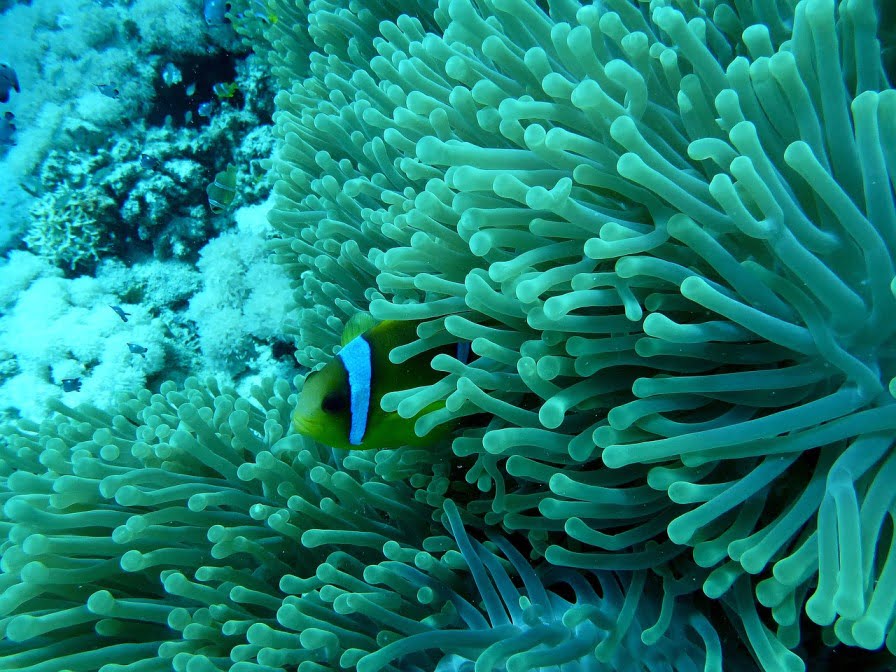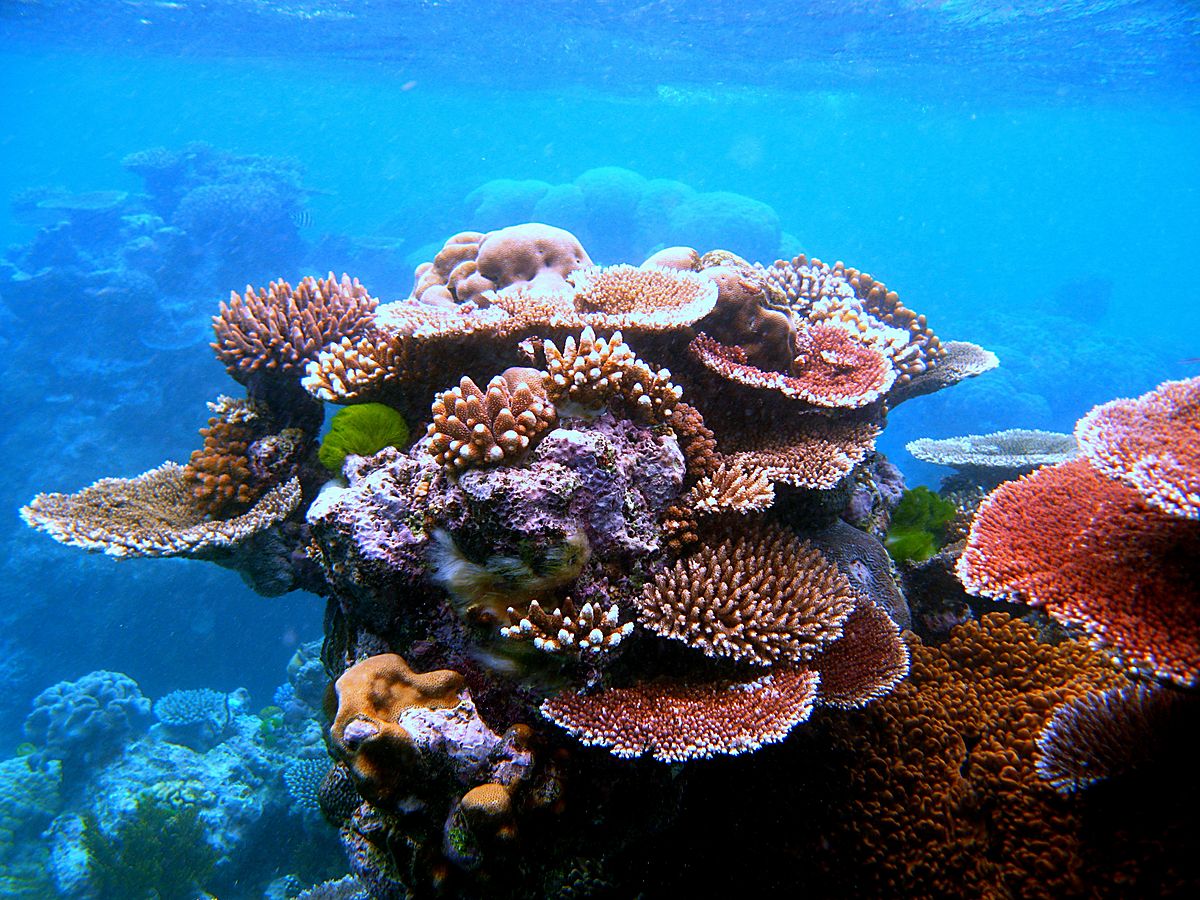Human-induced environmental changes are responsible for coral disease, infertility and bleaching, a process by which corals turn white (they continue to live, but growth is limited). The loss of the world’s stony coral reefs – up to 30 percent in the next 30 years, according to experts’ estimates – will mean the loss of their “services,” including sequestering some 70-90 million tons of carbon each year and supporting enormous marine biodiversity. Yet, despite many advances, we are still far from understanding the causes and processes contributing to the corals’ demise.
Now, Israeli researchers have developed a new experimental platform for studying coral biology at micro-scale resolutions – which they dub “coral on a chip” – to provide new insights into this complex problem. This platform enables live-imaging microscopy of reef-building corals, which could help save the coral population from dwindling, according to a study recently published in the scientific journal Nature Communications.
The research team was also able to directly visualize the initiation of coral disease, pointing to a little-known path of infection. This finding could lead to future solutions for the coral reef crisis.
“Corals are running out of time”
“Many corals are running out of time; it is crucial to know how our actions are affecting their survival, and how they affect ours,” Weizmann Institute’s Dr. Assaf Vardi, who led the study, said in a statement. “Our method can help researchers investigate everything from the coral genes that affect survival, to the strategies coral use to build reefs, to their effects on the marine carbon cycle.”
SEE ALSO: New Study Shows Sunscreen Destroys Coral Reefs
The tiny (often less than one millimeter in diameter) animals that build coral reefs create a thin layer of living tissue surrounding the calcium-based skeleton. These animals live in symbiosis with single-celled, photosynthetic algae that provide nutrients and oxygen in return for carbon dioxide and shelter.
According to Vardi, “in order to understand what happens during bleaching, when this symbiosis is broken, we need to understand what happens to these organisms at the cellular and molecular levels under various conditions.”
Sign up for our free weekly newsletter
SubscribeVardi and his team claim that for the first time, they were able to examine living coral polyps in the lab, under highly controlled conditions. This system is based on a unique technology, which was developed to track cellular processes under life-like conditions.
Taking a small piece of coral, Vardi and his team induced stressful conditions – in this case by increasing salt content – which caused the corals to release polyps, a process sometimes referred to as “polyp bail-out.” Settling the bailed-out polyps into tiny, prefabricated wells, the scientists were able to observe under a microscope, how miniature coral colonies grow and behave in different conditions.
Visualizing coral disease
Using their system, the team recorded the growth of the basic building blocks of the coral skeleton. The team was also able to directly visualize the initiation of coral disease, pointing to a little-known path of infection. Subjecting coral to high light intensities, known to induce coral bleaching, enabled the team to follow the elimination of the symbiotic algae, one cell at a time.
SEE ALSO: Sci-Fi Medicine Sees Corals Turned Into Bone Grafts
Vardi’s lab is currently in the process of adapting the coral-on-a-chip system to track the nutrient and carbon cycles of reef-building corals, as well as delving further into disease and bleaching processes.
Vardi’s team members include Orr Shapiro, Esti Kramarsky-Winter and Assaf R. Gavish of the Weizmann Institute; and Roman Stocker of MIT (currently at ETH, Switzerland).
Related posts

Resilient And Nutritious New Plant-Based Milk Aims To Make A Splash

Chocolate From Cultivated Cocoa Comes Without Environmental Toll

Plastic Fantastic: Startup Takes PVC Back To Its Crude Oil Roots






Facebook comments